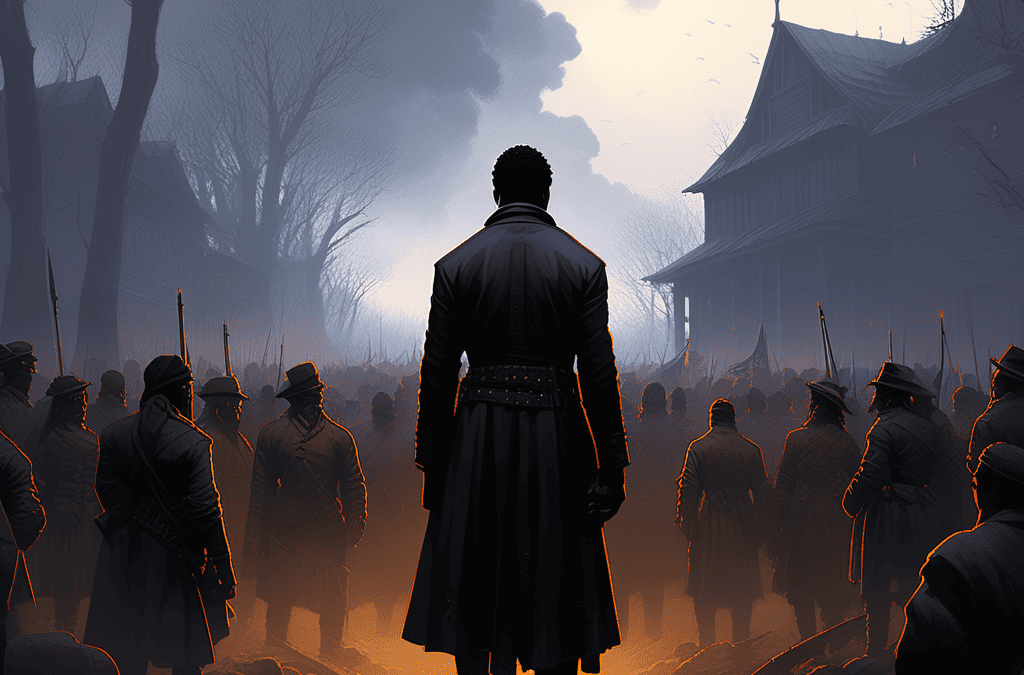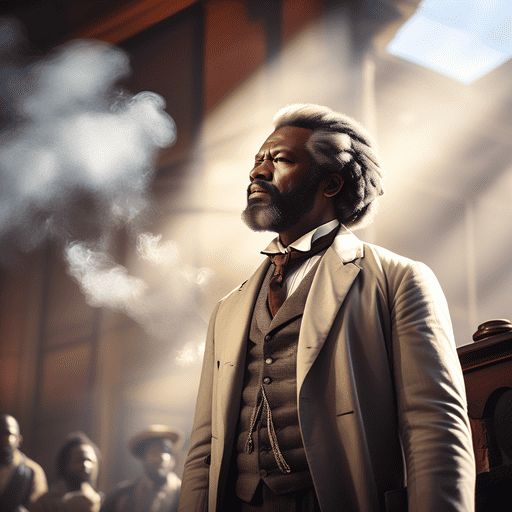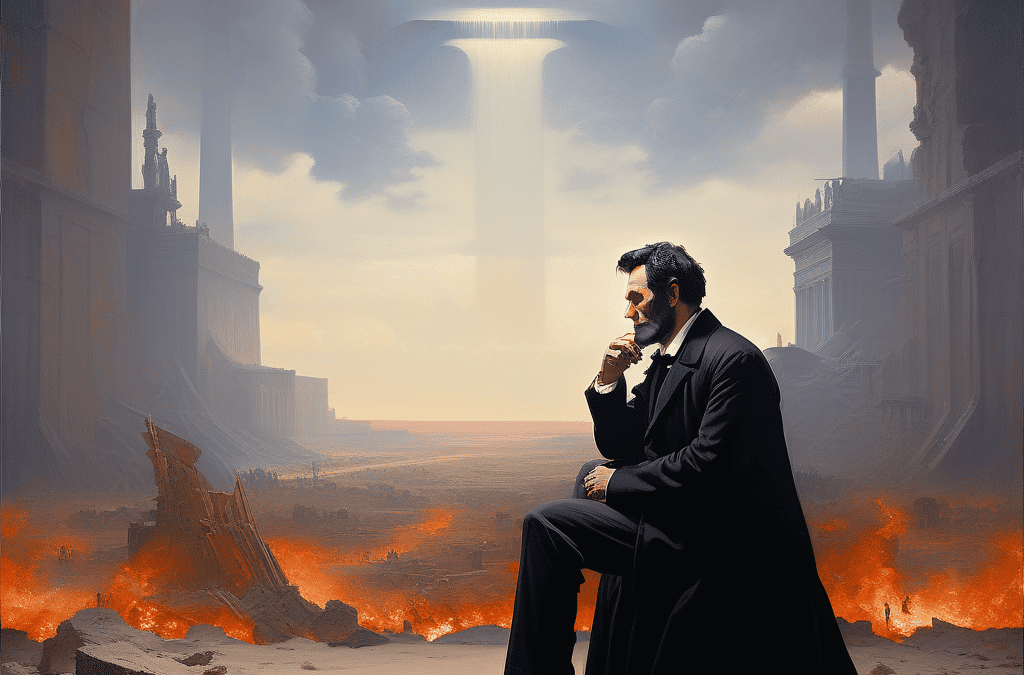Black History Month: Phillis Wheatley and Billy Lee
Two African-American slaves from the eighteenth century: Phillis Wheatley and William “Billy” Lee. The first a woman, the second a man. The first a poet, the second a valet. The two received their freedom from their respective owners, and they each knew George Washington.
First, Phillis Wheatley was born in Africa in 1753 or 1754, but when a child of 7 or 8, slave traders kidnapped her, sold her into slavery, and transported her to North America aboard the ship “The Phillis.” John and Susanna Wheatley of Boston purchased her in mid-July of 1761.
They gave her the name Phillis and asked their eighteen-year-old daughter Mary to tutor Phillis, who displayed a superb talent for learning English and Greek and Latin, for reading the Bible and classical works, and for composing poems. They encouraged the child’s literary talent.
In 1773, when Phillis turned 20, the Wheatley’s sent her to England, accompanied by their son Nathaniel, and there Phillis found a publisher willing to print her collection of poems that she entitled “Poems on Various Subjects, Religious and Moral.”
It was the first book written by an enslaved Black woman of America.
After Phillis returned to Boston in the fall of 1773, John and Susanna Wheatley set her free.
On Oct. 26, 1775, Phillis wrote a letter to General George Washington and enclosed a poem about him, entitled “His Excellency, General Washington.” Bold and daring she was.
In the cover letter she wrote, “I have taken the freedom to address your Excellency in the enclosed poem, and entreat your acceptance.” Note that her fifth word is “freedom.”
In the poem, she begins, “Celestial choir! enthroned in realms of light, Columbia’s scenes of glorious toils I write.” Then, she ends the poem,
“Proceed, great chief, with virtue on thy side, Thy ev’ry action let the Goddess guide. A crown, a mansion, and a throne that shine, With gold unfading, WASHINGTON! Be thine.”
On Feb. 28, 1776, Washington wrote back to Phillis Wheatley, saying, “I thank you most sincerely for your polite notice of me, in the elegant Lines You enclosed. If you should ever come to Cambridge, I should be happy to see a person so favored by the Muses.”
The historical record is unclear if Washington understood then that Miss Wheatley was a former slave. It is also unclear if Washington ever met the poet in Cambridge, Massachusetts, where he and his army were holding a siege upon Boston that soon drove off the British army.
Phillis Wheatley passed away on December 5, 1784, at the age of 31.
Second, William Lee was George Washington’s slave and valet for two decades, including the years when Washington led the colonial army in a war with Great Britain, 1775-1783. “Billy” Lee rode his horse beside the general, and also set up and took down their tent.
In addition, Billy attended to Washington’s stack of papers, held onto his spyglass, combed his hair, laid out his clothes, mailed his letters, and delivered his messages. He was Washington’s manservant, and the two lived for “more than seven years in close proximity during the war.”
After the war, Billy hoped to continue to serve Washington in New York City, after voters elected Washington as the nation’s first president, but by then Lee’s knees were worn out, and he no longer could act as Washington’s valet. Washington sent him back to Mount Vernon.
There, Billy made shoes “in the small cobbler shop behind the greenhouse.”
George Washington died on December 14, 1799, at Mount Vernon. By his will, he set free one slave of the 317 slaves working then at Mount Vernon, and that was Billy Lee. Washington also stipulated that Billy was to receive “an annual allowance of $30 for the rest of his life, noting,
“This I give him for his faithful services during the Revolutionary War.”
Billy Lee remained at Mount Vernon until he too passed away in 1810.
Two former slaves to reflect upon during Black History Month: Phillis Wheatley and William “Billy” Lee. Also, a former President to consider on President’s Day: George Washington.





